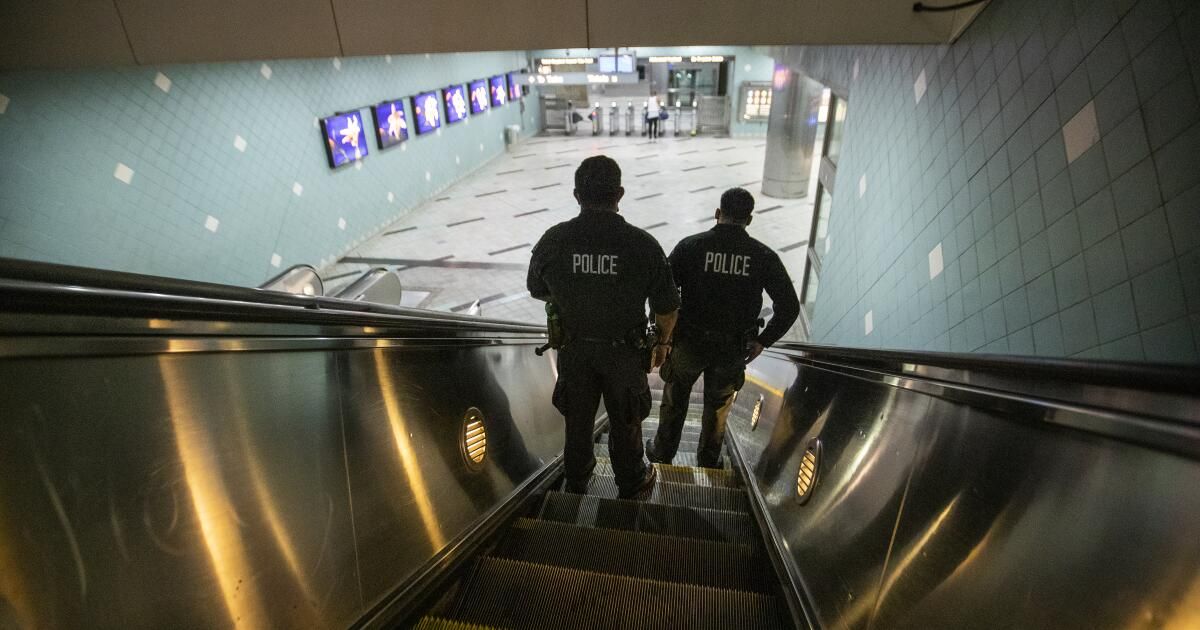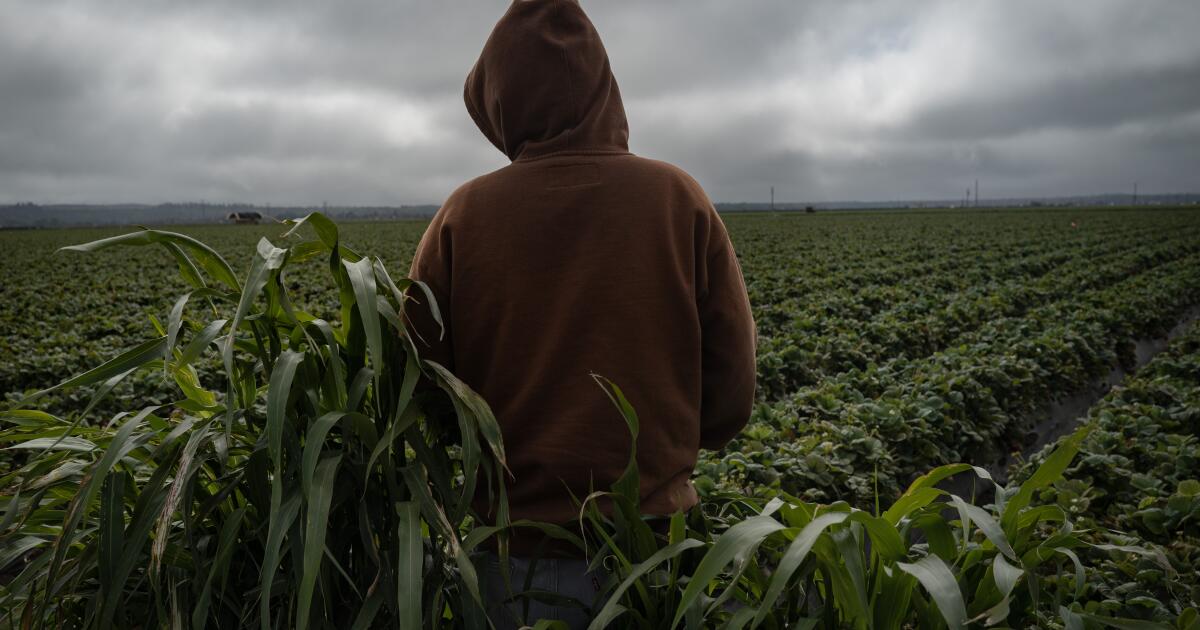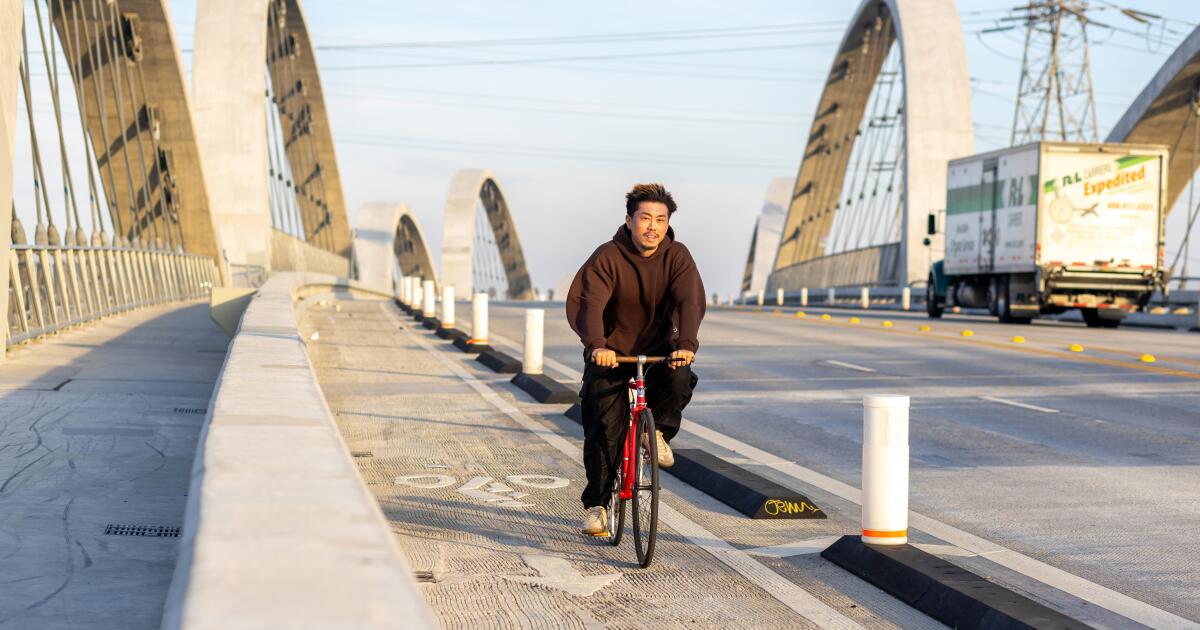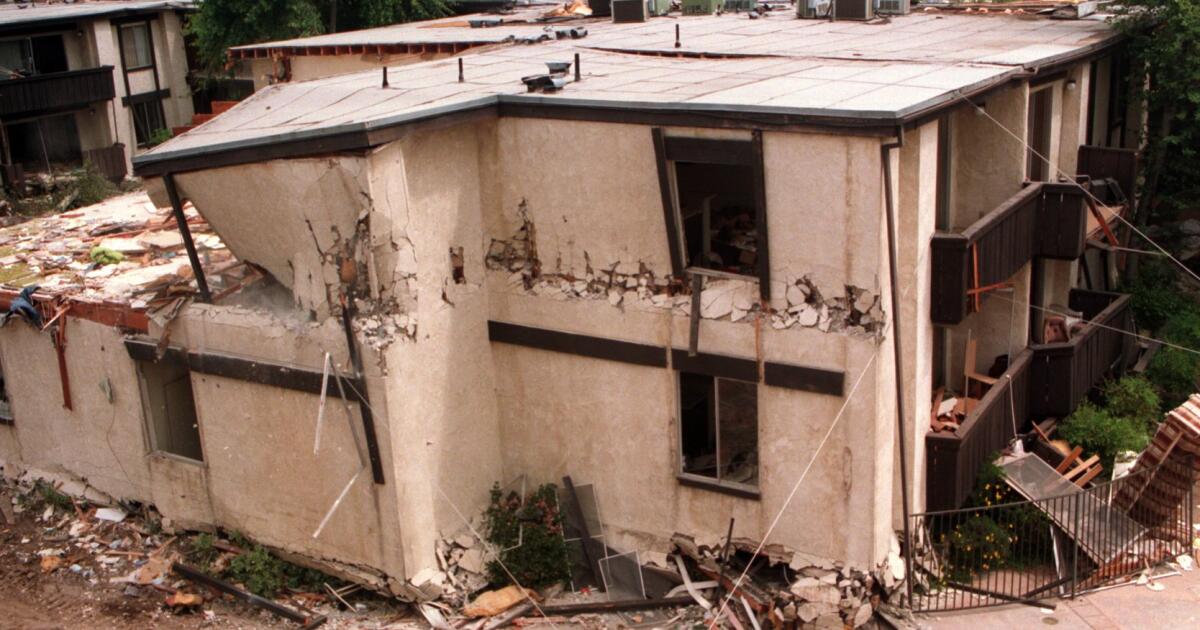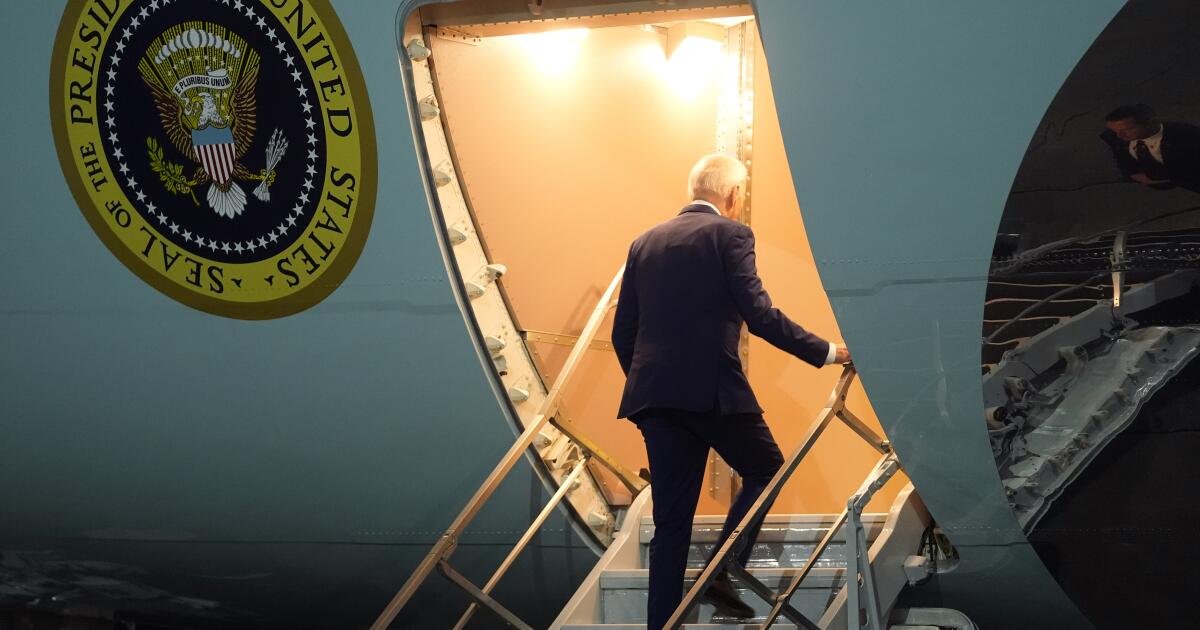To the editor: As an occasional user of Metro Lines A and B (formerly Blue and Red, respectively), I have noticed some incremental safety improvements. There are more civilian Metro staff on station platforms, which has an effect on keeping the facilities tidier and a little safer. (“LA Metro is doomed to failure if it cannot keep bus and train passengers safe,” editorial, May 6)
But the real problem is with the actual trains, not the platforms. No one, neither Metro staff nor officers from various law enforcement agencies, rides the trains and walks among them to show their presence.
In the very rare case that you have seen a couple of officers board the train, they get on the first car, stand directly behind the conductor's station, and get off at the next station. They usually don't even bother to look along the carriage, let alone walk across the train.
In my time as a police officer, we called it “walking to the beat.” It was a very effective way to show who was in charge.
Bob Hoffman, Long Beach
..
To the editor: I'm done taking the Metro trains.
I have a truck, but I believe in using public transportation to reduce traffic and pollution. Despite years of feeling very uncomfortable on public transportation due to the presence of apparently mentally ill people, I still took the subway to Little Tokyo.
The fatal stabbing of Mirna Soza Arauz and the attacks on bus drivers have made me change my mind. My heart goes out to all those who do not have alternative transportation.
I will not take Metro until there is a large, reliable and accountable security force and a system that does not allow people to ride unless they pay. Our “car-free” transportation system for the 2028 Summer Olympics is in real danger unless drastic changes are made quickly.
Shirley Tatsuno, Alhambra
..
To the editor: The recent illness of Metro bus drivers was a reminder that without these people, the entire system falls apart.
I am a regular cyclist and fully support the drivers' action. Now I feel that it is up to the passengers to express solidarity by thanking them for each trip on the way up and down. Bus drivers are the very definition of essential.
I don't have the option to log out of the system. Let's come together to support our drivers and each other. There is safety in numbers.
Don't give up on Metro!
Annie Hayden, Los Angeles
..
To the editor: Passenger safety is necessary for Metro to survive, but not sufficient.
Perceptions of transit safety are heavily influenced by the lax enforcement policies Metro implemented after the murder of George Floyd in 2020. Officers who attempted to enforce Metro rules were routinely vilified and Metro's board of directors consciously sacrificed the order to reduce bad press, but bad press is behind.
Metro's ridership problem goes much deeper than safety. The total number of annual passengers decreased by more than 100 million boardings between 2007 and 2018, before the pandemic. The main reason was increased spending on railways and reduced spending on buses.
Fewer people showed up on Los Angeles' expanded rail system than were forced off buses due to service reductions and fare increases.
James E. Moore II, Los Angeles
The writer is professor emeritus of transportation engineering at USC.
..
To the editor: Before the Los Angeles County Transportation Commission and the Rapid Transit District (RTD) merged to form Metro, the RTD had its own police force. After the merger, RTD officers were absorbed into the Los Angeles Police Department. The Los Angeles County Sheriff's Department was contracted to provide security for Metro.
Maybe it's time to return to an exclusive traffic police department.
Judy Wilson, Pasadena

